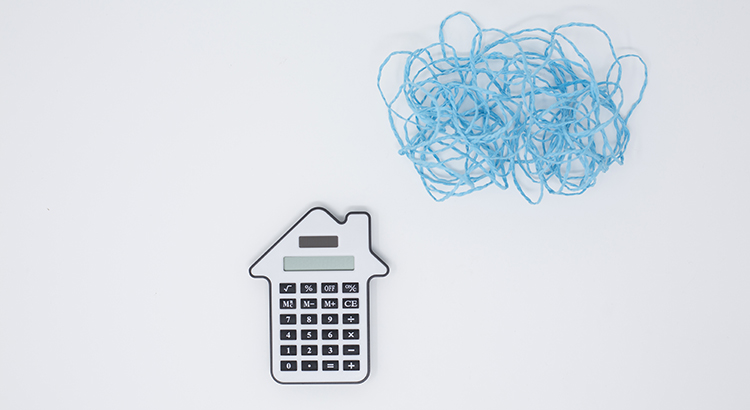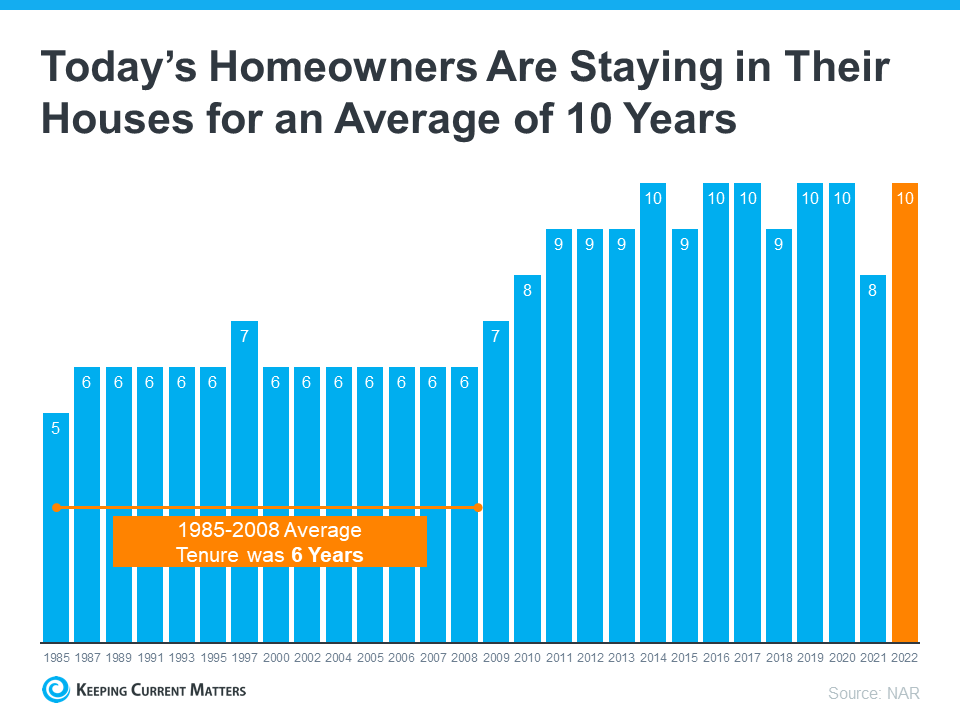Today’s Housing Market Is Nothing Like 15 Years Ago
 There’s no doubt today’s housing market is very different than the frenzied one from the past couple of years. In the second half of 2022, there was a dramatic shift in real estate, and it caused many people to make comparisons to the 2008 housing crisis. While there may be a few similarities, when looking at key variables now compared to the last housing cycle, there are significant differences. (more…)
There’s no doubt today’s housing market is very different than the frenzied one from the past couple of years. In the second half of 2022, there was a dramatic shift in real estate, and it caused many people to make comparisons to the 2008 housing crisis. While there may be a few similarities, when looking at key variables now compared to the last housing cycle, there are significant differences. (more…)





 If you’re thinking about
If you’re thinking about ![[:en]Your Market Knowledge Will Determine Your Success in 2023 [LIVE WEBINAR][:] Simplifying The Market](https://files.keepingcurrentmatters.com/wp-content/uploads/2023/01/03135758/webinar-january-WP-Featured-Image.png) [:en]
[:en]![Your Market Knowledge Will Determine Your Success in 2023 [LIVE WEBINAR] | Keeping Current Matters](https://files.keepingcurrentmatters.com/wp-content/uploads/2023/01/03135739/webinar-january-Ad-Overlay.png)
![Tips To Reach Your Homebuying Goals in 2023 [INFOGRAPHIC] Simplifying The Market](https://files.keepingcurrentmatters.com/wp-content/uploads/2023/01/05130002/Tips-To-Reach-Your-Homebuying-Goals-in-2023-KCM-Share.png)
![Tips To Reach Your Homebuying Goals in 2023 [INFOGRAPHIC] | Keeping Current Matters](https://files.keepingcurrentmatters.com/wp-content/uploads/2023/01/05125949/Tips-To-Reach-Your-Homebuying-Goals-in-2023-NM.jpg)
 A new year brings with it the opportunity for
A new year brings with it the opportunity for 


